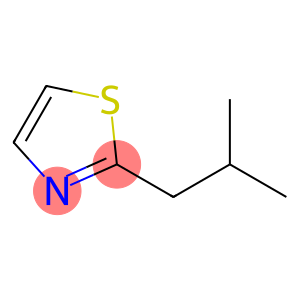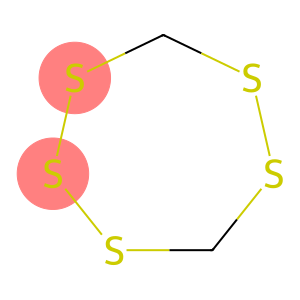2-Isobutyl thiazole(CAS#18640-74-9)
| Hazard Symbols | Xi – Irritant |
| Risk Codes | 36/37/38 – Irritating to eyes, respiratory system and skin. |
| Safety Description | S26 – In case of contact with eyes, rinse immediately with plenty of water and seek medical advice. S36 – Wear suitable protective clothing. S37/39 – Wear suitable gloves and eye/face protection |
| UN IDs | UN 1993 3/PG 3 |
| WGK Germany | 3 |
| RTECS | XJ5103412 |
| TSCA | Yes |
| HS Code | 29341000 |
| Hazard Note | Irritant |
| Hazard Class | 3 |
| Packing Group | III |
Introduction
2-Isobutylthiazole is an organic compound. The following is an introduction to the properties, uses, preparation methods and safety information of 2-isobutylthiazole:
Quality:
- Appearance: 2-Isobutylthiazole is commonly found as a colorless to light yellow liquid.
- Solubility: Soluble in many organic solvents such as ethanol and dimethyl sulfoxide.
- Chemical properties: 2-Isobutylthiazole is a basic compound that reacts with acids to form corresponding salts. It can also be involved in some organic reactions as a nucleophile.
Use:
- Antifungal agent: 2-isobutylthiazole has antifungal activity and can be used for the prevention and control of fungal diseases in agriculture.
Method: A common method is to obtain 2-isobutylthiazole by the reaction of butyryl chloride and thioamine.
Safety Information:
- 2-Isobutylthiazole should be avoided from contact with strong oxidizing agents to avoid dangerous chemical reactions.
- Proper laboratory safety protocols such as wearing gloves, eye protection, and the use of ventilation equipment must be followed during use.
- Detailed safety information can be found in the relevant Safety Data Sheet provided by the chemical supplier.








